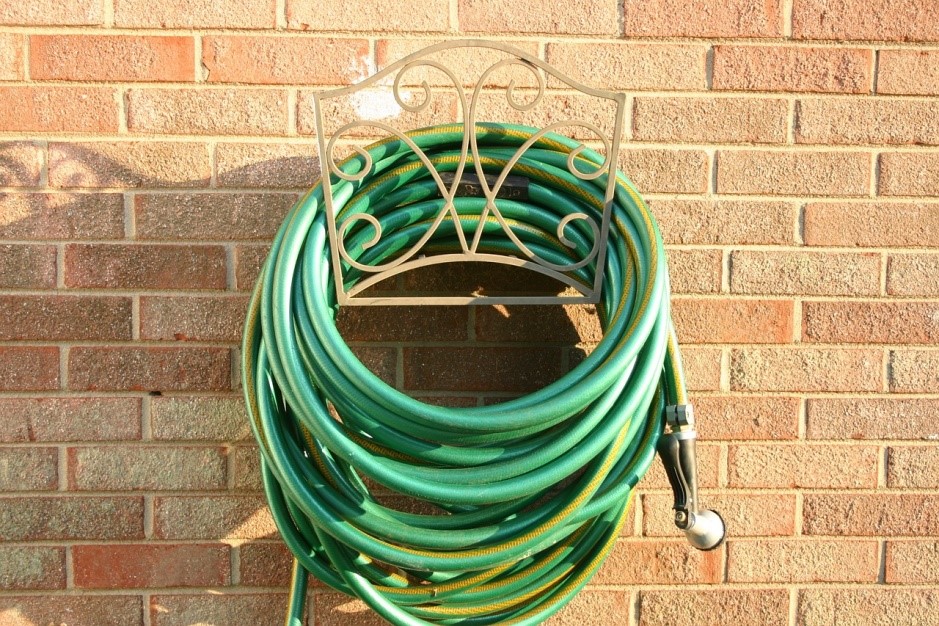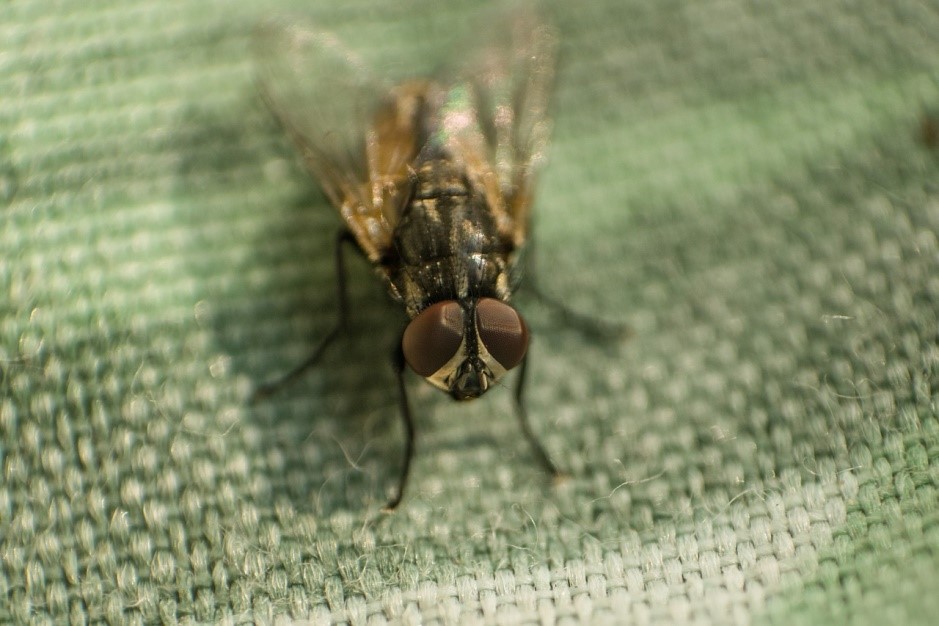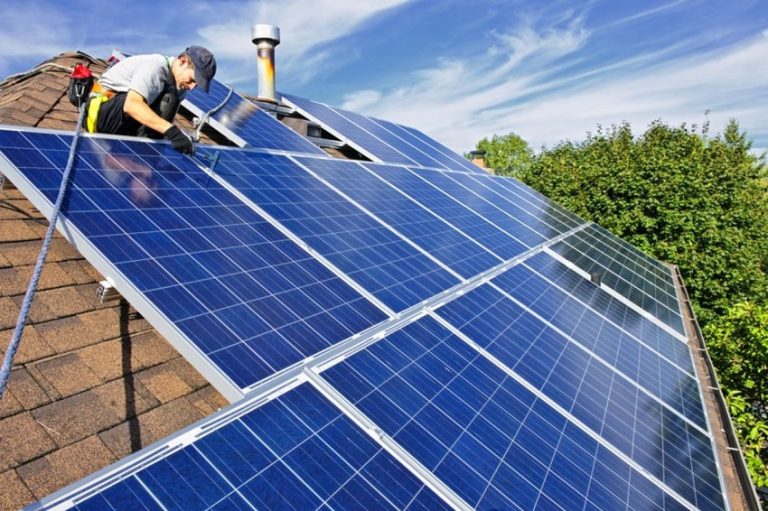Every homeowner knows how important it is to maintain a beautiful lawn. But some of the steps needed to get there are pretty obvious already. For starters, if you want to keep your yard clean you hire a service that takes away the dog poop and clear out any leaves, twigs, and various detritus that may fall from the trees above.
But there are other tips you may not be aware of, so here are five you should take into account the next time you head out to your lawn to spruce it up.
Water the Lawn

Simply put, if you want your grass to look green and lush all year round, you need to water it correctly. That’s right, you could be watering your lawn the wrong way and that’s hurting the appearance and feel of your grass.
Humidity plays a key role here and if you aren’t monitoring how much of it you are getting around your home, you may be giving your grass too much moisture. Be cognizant of the temperature in your area as well, that’s a critical component here. Lawns that are being watered too much will start to show you visible clues such as bluish green blades and leaves that are starting to wilt.
So how often should you be watering your yard? Depends on how old it is. Newer yards will need watering on a daily basis, perhaps more, if you’ve just laid down seeds. This will help them germinate completely and put down roots that ensure a healthy, beautiful yard. Older lawns won’t need to be watered as often, but they still need consistent care and maintenance.
Let the Lawn Grow
That doesn’t necessarily mean you should stop mowing your grass, far from it, but you should be aware that the height of your blades can have a direct impact on the health and appearance of the lawn.
When you allow grass to grow out, that allows for the blades to preserve moisture and continue to grow and thrive successfully. Taller lawns will also choke out any weeds that try to pop up and mar the aesthetic of your yard. When the leaves of your yard are taller, they deprive emerging weeds of the light they need to bloom in full.
The next time you head out with your lawn mower, adjust the cutting blades to sit higher and that will provide you with the ability to trim and manicure the lawn without making the blades too short. You should also keep in mind that all types of grass are different and finding the proper height of your lawn could take some trial and error to get the best results.
Let the Clippings Lie
Most homeowners will cut their lawns and then head out there with a rake to gather up all the clippings that have been left behind by the mower. After all, those clippings aren’t exactly pleasant to look at and we’re talking about beautifying the lawn right?
But you may be doing your yard a grave disservice by clearing away all of those clippings. That’s due to the fact that your yard clippings offer your grass a variety of beneficial healthy nutrients that can be even more useful to growing a gorgeous lawn that standard fertilizers and other types of grass feed.
Think of it, you mow your lawn and then you can leave the clippings where they are, less work for you and more benefits for your grass.
Strategic Landscaping
Up until now we’ve been discussing what you can do with and for your grass. But lawns are more than just grass, they also incorporate various types of landscaping options like shrubs, bushes, and plants. What you may not know is that planting these things incorrectly can have a detrimental effect on the growth of your lawn.
You want to stick with greenery that will survive best in the climate where you live. Planting the right types of bushes and shrubs with the best chance to thrive in your region will ensure that your lawn always looks its best.
Pest Control

Finally, the outdoors is filled with environmental hazards. Bugs, insects, and other pests are just a common concern because they live outside where your lawn is located. Just know which ones are helpful to the successful growth of your lawn and which ones can be most hurtful.
This means watching for the infections or bacterial impacts that these pests can have on your greenery and knowing how to reduce the risks that comes with them.













